Winter is more than just a couple of cold long months. It is a time of celebration.
There are various winter holidays celebrated throughout the world that include unique traditions specific to its culture.
You know Christmas — there’s songs all about it.
Christmas takes place on Dec. 25 every year. Behind the holiday is the story of Jesus and how he was born in a manger on a snowy, cold night, surrounded by animals and his parents Mary and Joseph.
Those who are Christian or Catholic typically celebrate this holiday by having Christmas dinners and exchanging gifts on Dec. 25.
But what about the other holidays that aren’t as commercialized as Christmas?
Each has their own importance, so let’s dive right into the culture.
Yule/ Winter Solstice
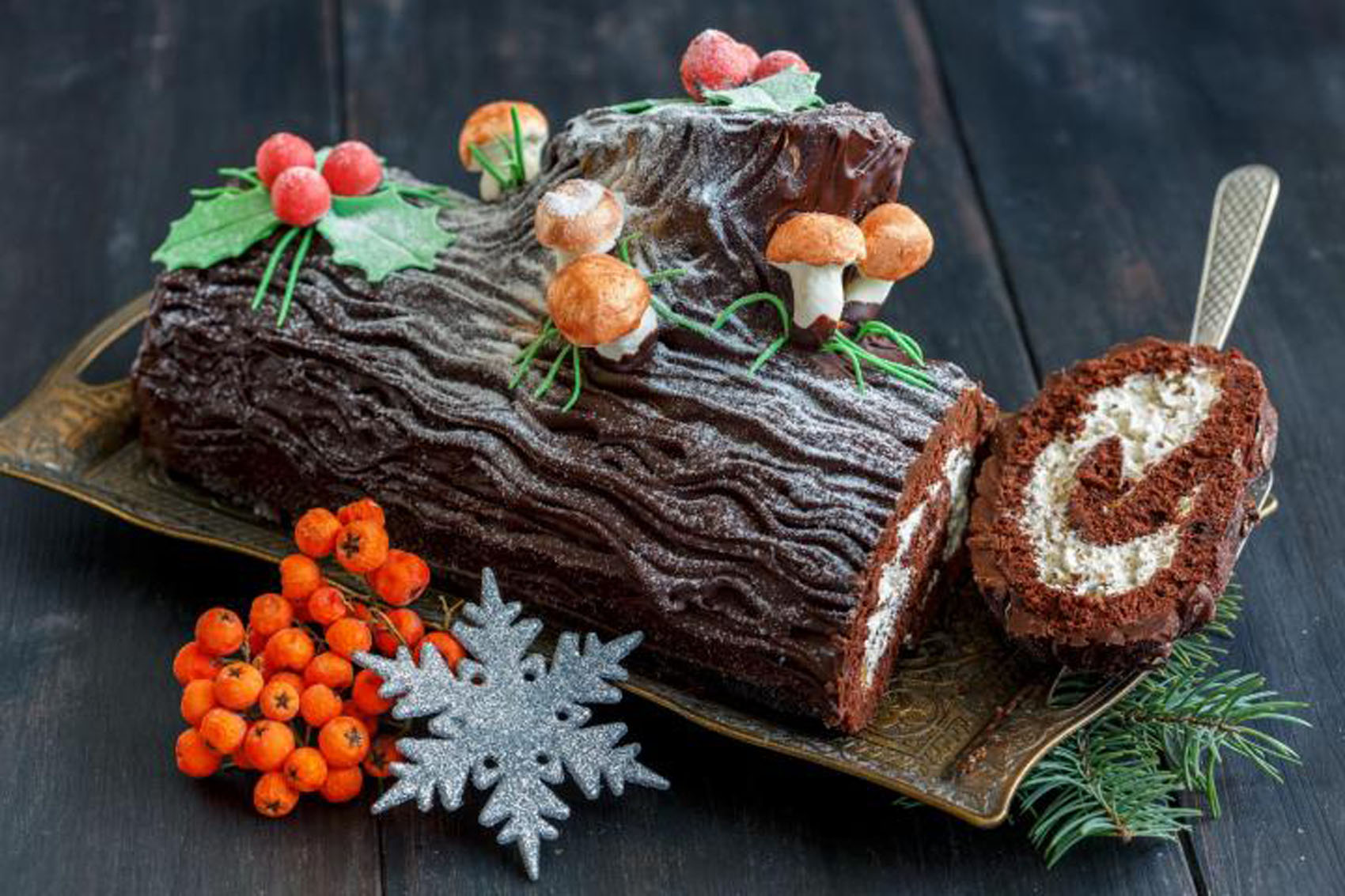
According to BBC.CO.UK, Yule celebrates the rebirth of the sun and is believed to hold a powerful energy for regeneration, renewal and self-reflection.
In Paganism, the original Pagan celebration of Yule, otherwise known as the Winter Solstice, is one of the oldest winter celebrations in the world.
Ancient people (who were Pagan) were hunters, and spent most of their time outdoors, so the seasons played an essential part in their lives.
Because of this many ancient people had a great reverence for and worshipped the sun.
Pagans saw the sun as a wheel that changed the seasons.
At mid-winter, the Pagan’s lit bonfires, told stories and drank sweet ale. The festival also involved decorating houses with greenery, lighting candles, holding processions and giving presents.
Yule falls on the shortest day of the year, the 21st of December and ends on January 1.
This holiday was celebrated long before the arrival of Christianity.
The Druids (Celtic priests) would cut the mistletoe that grew on the oak trees and give it to people as a blessing. Oak trees were seen as sacred and the winter fruit of the mistletoe was and still is a symbol of life in the dark winter months.
It was also the Druids who began the tradition of the yule log.
They thought that the sun stood still for twelve days in the middle of winter and during this time a log was lit to conquer the darkness, banish evil spirits and bring luck for the coming year.
Many of these customs are still followed during Yule today by Pagans and Wiccan’s alike. They have even been incorporated into the Christian and secular celebrations of Christmas.
Kwanzaa
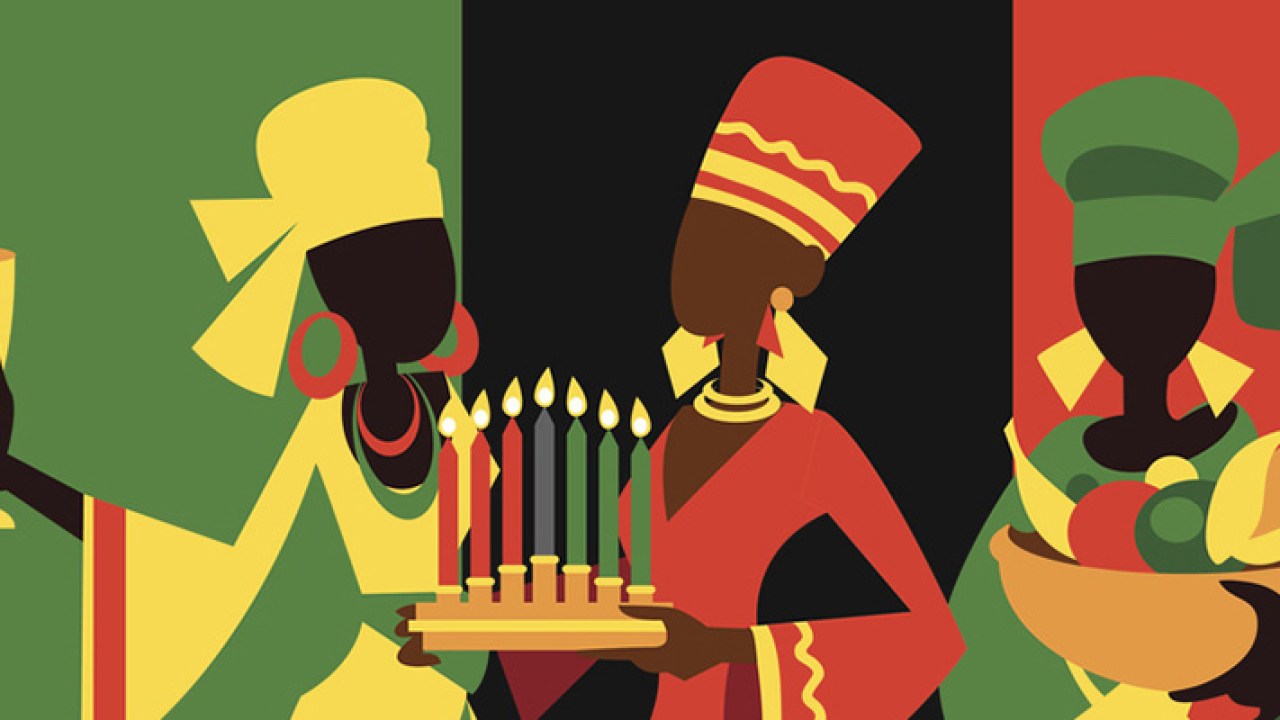
Kwanzaa is a week-long non-religious holiday celebration in the U.S, which lasts from Dec. 26 to Jan. 1.
The holiday isn’t religious nor is it an “African” Christmas version. It instead celebrates the life of African-Americans.
The holiday was first created in 1966 by Dr. Maulana Karenga, a professor and chairman of Africana Studies at California State University.
He created the holiday in response to the 1965 Watts Riots in Los Angeles as a solution to bring African-Americans together, according to InterExchange. But the African Studies Center of University of Pennsylvania also says Karenga started the holiday as a ritual to welcome harvests home and as a response “to the commercialism of Christmas.”
The name “Kwanzaa” comes from a Swahili phrase, “matunda ya kwanza,” which means first fruits or harvest.
According to the African Studies Center:
“Five common sets of values are central to the activities of the week:
ingathering, reverence, commemoration, recommitment, and celebration.
The seven principles (nguzo saba) of Kwanzaa utilize Kiswahili words:
unity (umoja), self-determination (kujichagulia), collective work and responsibility (ujima), cooperative economics (ujamaa), purpose (nia), creativity (kuumba) and faith (imani).
Each of the seven candles signify the principles. Like the Jewish Hannakah, candles are used to represent concepts of the holiday.”
On Dec. 31, gifts are exchanged and food from various African countries are served. People greet one another with “Habari gani,” which is Swahili for “How are you?” or “How’s the news with you?”
Three Kings Day
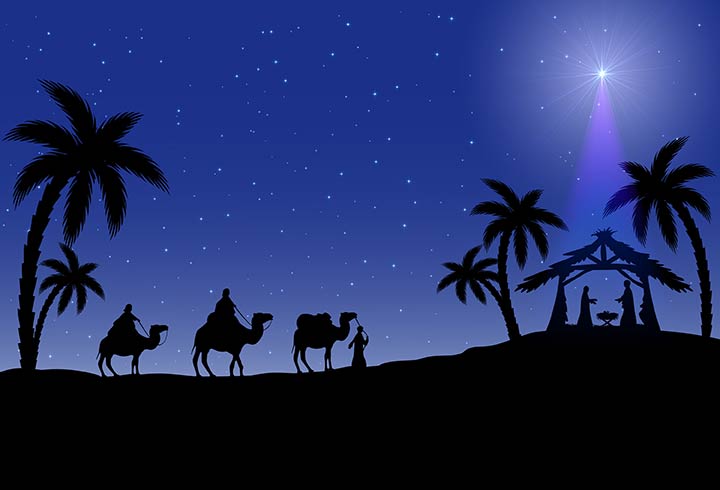
On January 6th, across Latin America and some parts of Europe, people celebrate “Three Kings Day” or in Spanish “El Dia De Los Res.”
The day marks when the three kings traveled from different parts of the world to welcome baby Jesus, the newborn king.
While Santa isn’t as popular in Latin American countries, it is the three wise men who bear gifts to children and leave the gifts near their shoes.
This holiday is also known as the Epiphany and dates back to the 4th century. A large feast takes place in honor of Jesus’ birth and baptism and homage to the three wise men.
Many believe mysterious events preceded Jesus’ birth including the appearance of the star in Bethlehem. This new star appeared in the evening sky just prior to the arrival of Jesus.
Three wise men, or Magi, whose names were Caspar, Melchior, and Balthasar, traveled a far distance to pay homage to Christ. They brought with them fine gifts of gold, frankincense and myrrh.
Three Kings Day, or El Dia de Reyes, remains an important holiday for Latin America.
In addition to gift-giving, there is also a culinary treat that is specific to the holiday known as Rosca de Reyes (King’s Cake), this holiday dessert is a symbolic pastry.
Shaped in a circle to signify a king’s crown, this sweet bread holds a small plastic figurine representing the baby Jesus.
Whoever finds this token has to host an upcoming party for Dia de la Condelaria (Candlemas Day), which is every year on Feb. 2.
Hanukkah
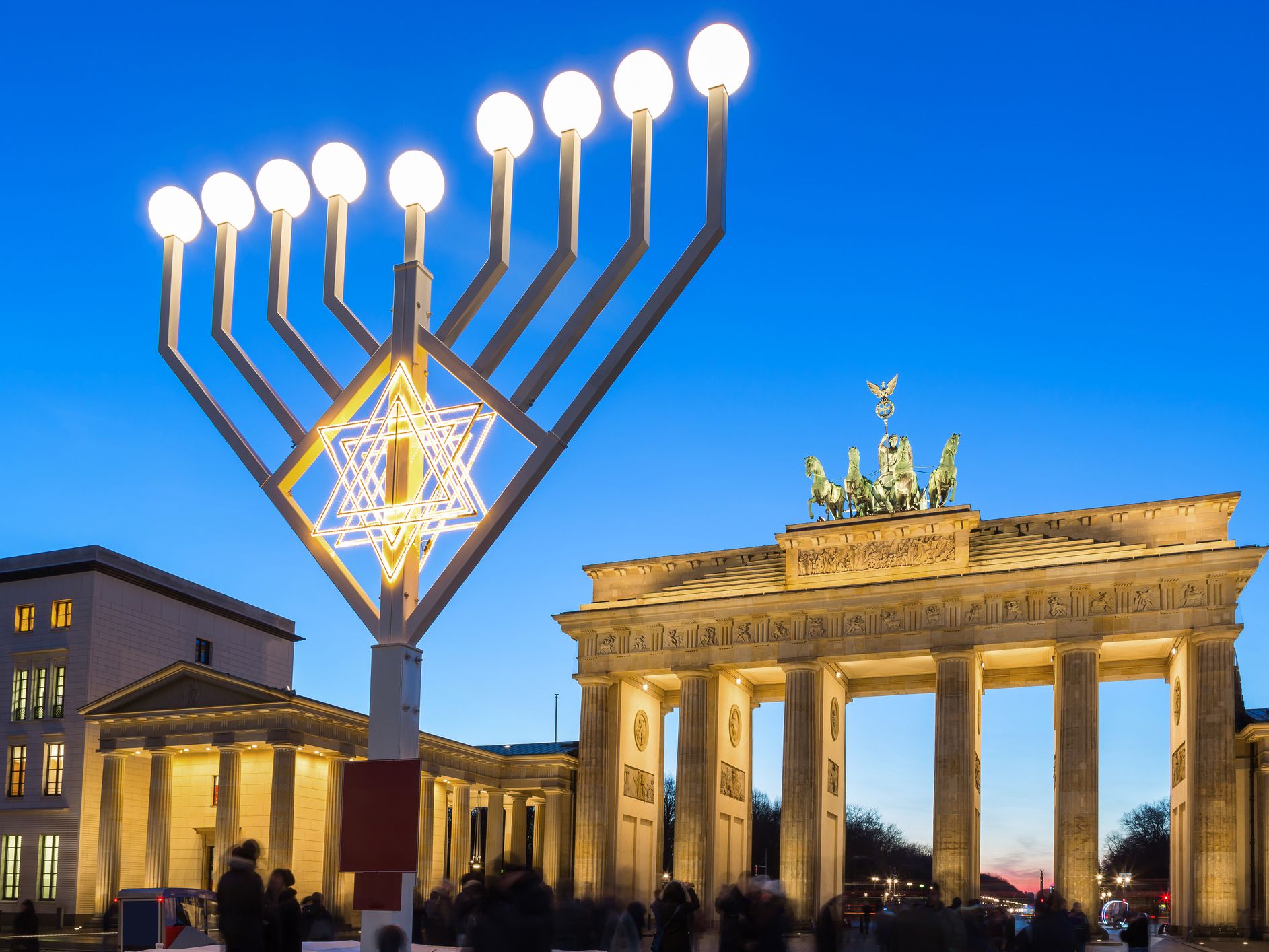
Hanukkah is an eight-day long Jewish holiday that falls in either November or December and the 25th of Kislev on the Hebrew calendar.
The holiday celebrates the rededication of the Second Temple of Jerusalem.
At this temple, it is said that Jewish people fought back against the Greek-Syrian people, which is now known as the Maccabean Revolt. T
he history goes back to 200 BC, where the Jewish people were granted religious freedom in the Land Of Israel under Antiochus III.
Antiochus III’s son, Antiochus IV Epiphanes, treated the Jewish people poorly, taking away their rights to practice their religion peacefully and killing them. He also made them worship Greek Gods.
Under a Jewish priest named Matthias, the people rebelled in great fashion. After the death of Matthias, his son Judah continued the fight and eventually the Jewish people drove out the Syrians.
Their next plan was to take back the Second Temple, which Antiochus IV Epiphanes stripped of its Jewish roots.
The Jews sought to relight the Menorah of the temple, but unfortunately they thought they only had enough oil to keep the flames burning for a day. However, the flames burned for eight nights.
The main part of the Hanukkah tradition is to light a branch of the Menorah every night and to use the Shammash which helps to light the other candles. Typically foods fried in oil are enjoyed, like Latkes and Sufganiyot.
Children often play with a Dreidel, a four sided spinning top with letters standing for “A Great Miracle Happened Here.”
Kids can also receive gifts and money, which is referred to as Hanukkah Gelt Blessings are also given during the lighting of the candles.
New Year
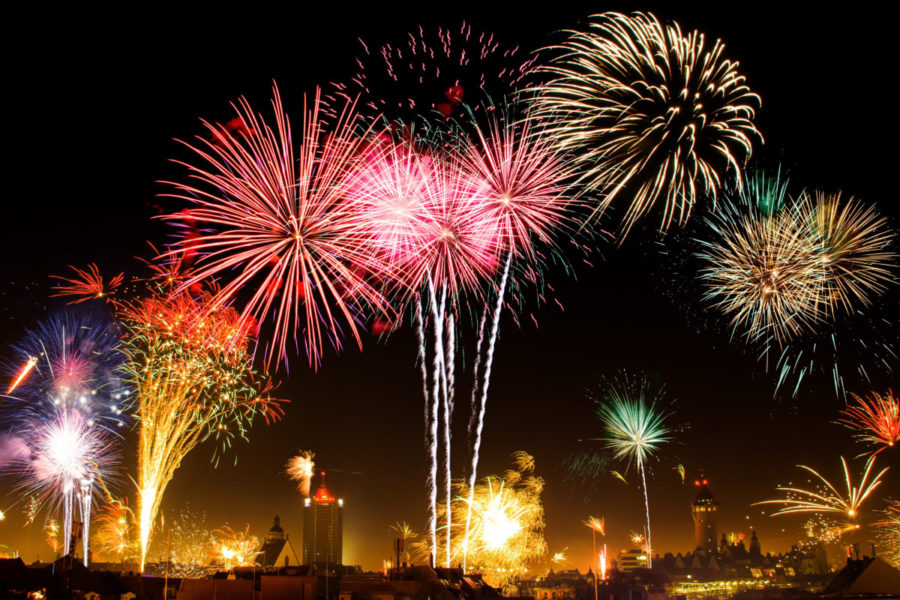
The New Year is usually celebrated with a countdown and fireworks. It’s a holiday celebrated throughout the world, but each culture has different ways they ring the new year.
New Year’s Eve, Dec. 31, is the last day of the year and in New York City, thousands gather at Times Square and even more gather around their TVs to watch the ball drop that signifies the end of the current year and the beginning of the new year.
This tradition began in 1907.
Across the nation in California, a huge parade called the Rose Parade occurs on New Year’s Day. Floats from all over the world and the nation covered in flowers and natural supplies go down a 5 1/2 miles path for millions to see.
In Japan, Buddhist temples ring their bells 108 times, 107 times before the new year and once after. This tradition is called “Joya no Kan” and the ringing of the bell is supposed to cleanse people from their problems of the last year.
Chinese New Year, or Lunar New Year, follows the Lunar calender, but it’s usually celebrated from Jan. 21 to Feb. 20.
Their new year is celebrated with parades and festivals with the Latern festival symbolizing the end of the Chinese New Year.


